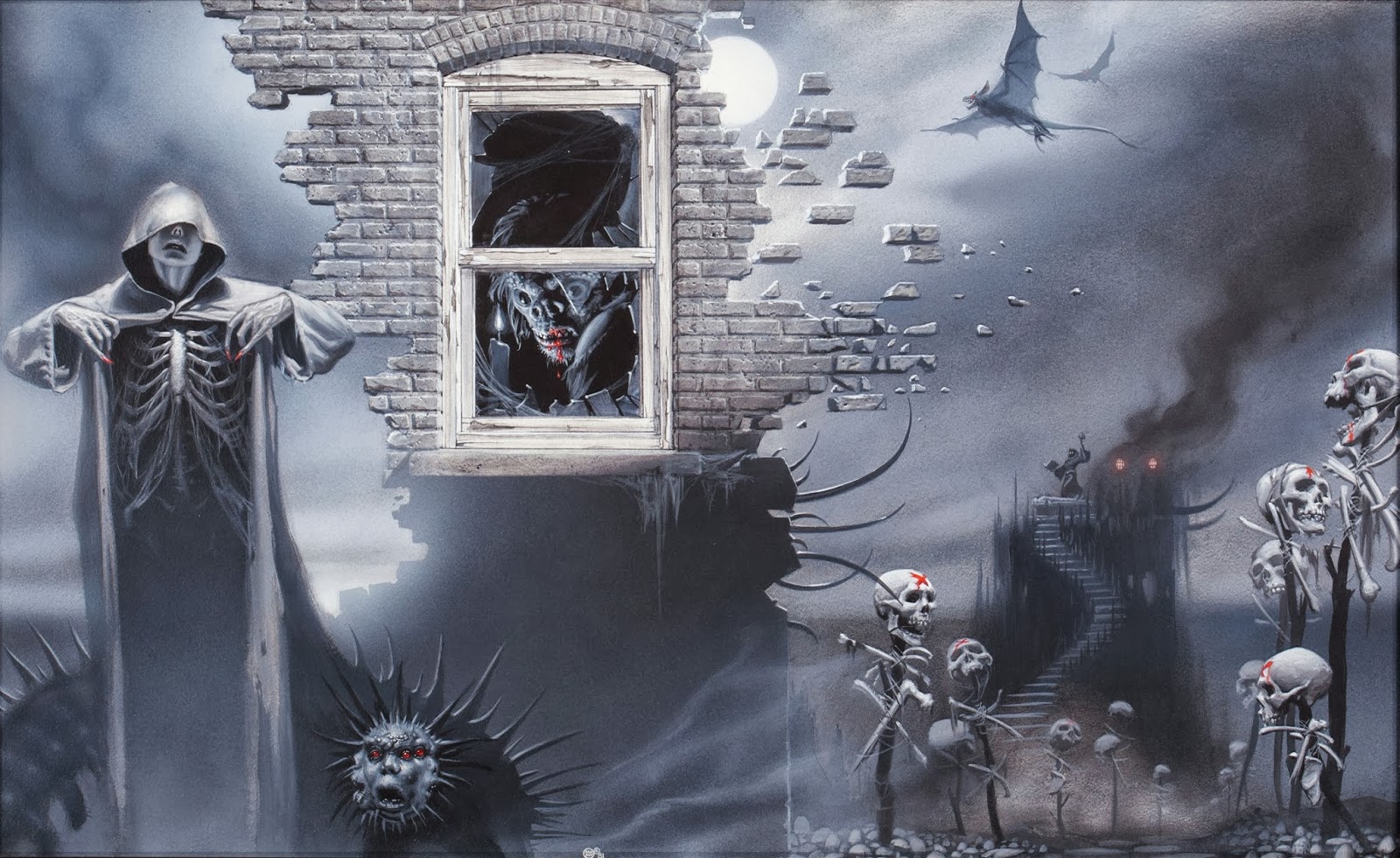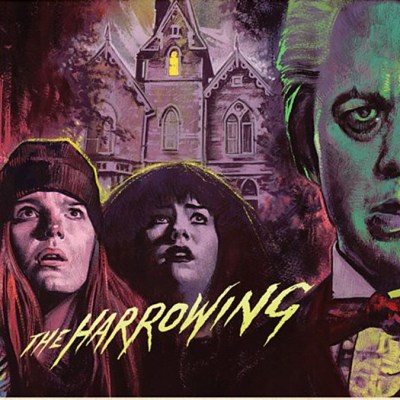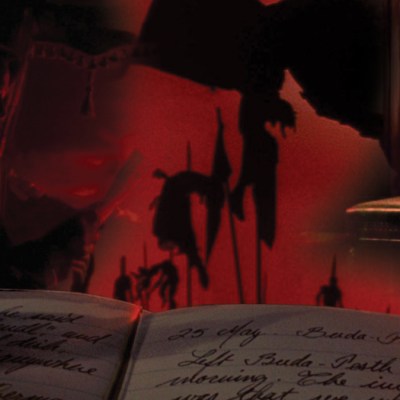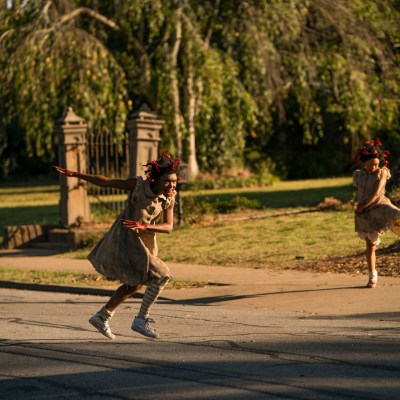With Lovecraft Country finishing its acclaimed first season, you may be looking to fill that new gap in your viewing schedule with more content based on or inspired by the works of the enigmatic author from Providence, Rhode Island.
Let’s get one thing clear upfront: Howard Phillips Lovecraft was very much a product of his time and upbringing, and his views on race, ethnicity, and class — while commonplace for where and when he lived — were truly noxious, an aspect of his legacy that Lovecraft Country addresses in its own themes. But it’s also clear that Lovecraft was arguably the most influential horror writer of the 20th century, with a reach that extends to this day.
While there have been a number of movies based directly on stories by Lovecraft — including titles like Die, Monster, Die! (1965), The Dunwich Horror (1970), Re-Animator (1985) and its sequels, From Beyond (1986), Dagon (2001), The Whisperer in Darkness (2011), and Color Out of Space (2020) — you may be surprised just how many more readily available major horror films and cult favorites have been influenced by his writing in terms of plotlines, themes, mood and imagery.
Here is a readout of 20 movies, spanning the last 60 years, in which the pervasive presence of H.P. Lovecraft had an undeniable impact, making many of these efforts into mostly effective and often great horror films. Even the Great Old Ones would approve…
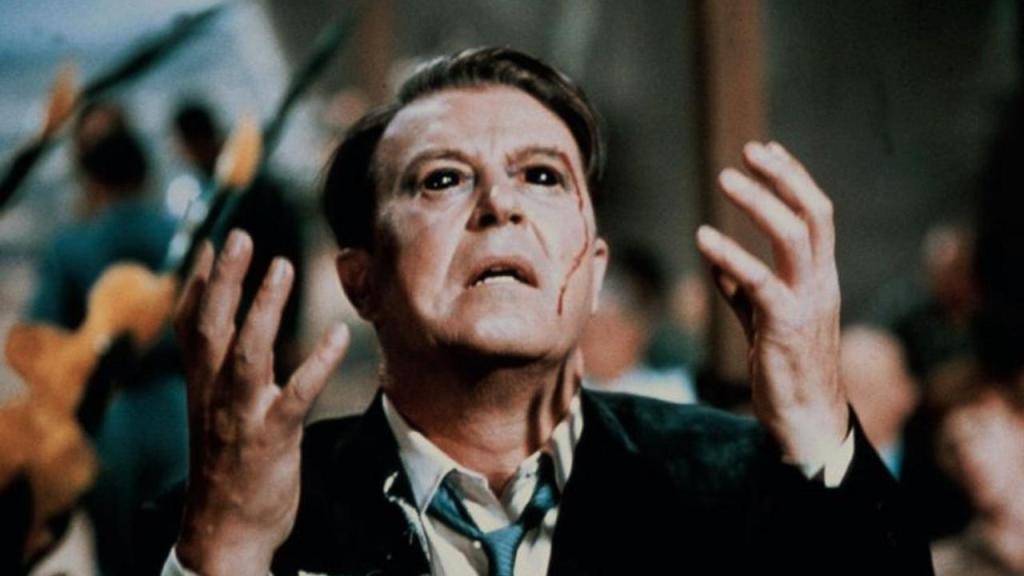
X: The Man with the X-Ray Eyes (1963)
Legendary filmmaker Roger Corman had just adapted a Lovecraft story in The Haunted Palace (although the movie was marketed as part of his Edgar Allan Poe cycle), but this sci-fi film also clearly channeled some of the author’s sense of cosmic horror.
Ray Milland plays a scientist who invents a formula that allows him to see through just about everything, eventually peering into the center of the universe itself. What he views there leads him to a shocking decision that fans of Lovecraft’s work would appreciate.
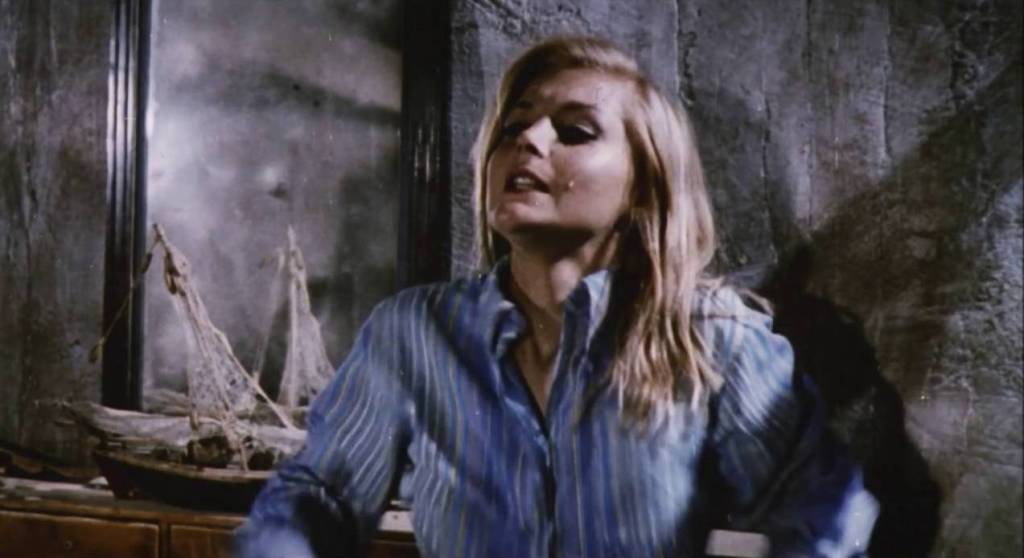
The Shuttered Room (1967)
This British production was based on a short story by August Derleth, Lovecraft’s publisher and a noted author in his own right. Derleth based his story on a fragment left behind by Lovecraft after the latter’s death, with the movie expanding on the tale even further.
Read more
Gig Young and Carol Lynley star as a couple who inherit Lynley’s family mill only to find something horrifying living at the top of the house. Lots of Lovecraftian elements — a cursed house, a family secret, and strange locals — are all here.
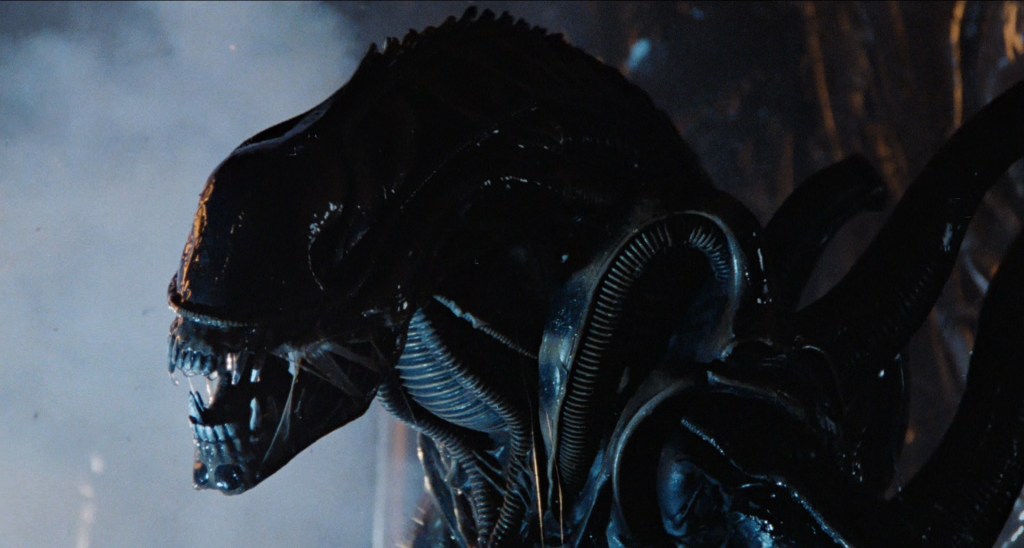
Alien (1979)
Lovecraft’s work arguably existed on that knife edge between horror and science fiction — the Great Old Ones of his Cthulhu Mythos were, after all, ancient entities that existed in the darkest corners of the universe.
One of the greatest sci-fi/horror hybrids of all time, Alien, clearly took a cue from Lovecraft’s work: the origins and motivations of its xenomorphs were utterly unknowable to human understanding, and even the look of the alien echoed the gelatinous, glistening flesh of the Old Ones (too bad later movies like Prometheus and Alien: Covenant ruined it by explaining far too much of the alien’s history).
Sam Raimi was just 20 when he and friends Rob Tapert and Bruce Campbell set out to make a low-budget horror movie called Book of the Dead, based on Raimi’s interest in Lovecraft. The finished product, The Evil Dead, featured plenty of Lovecraftian touches: a book of arcane evil knowledge, entities from another dimension, reanimated corpses and more.
The second entry in what came to be known as John Carpenter’s “Apocalypse Trilogy” is perhaps the least influenced by Lovecraft. But it still packs a cosmic wallop with its arcane secrets long buried in an abandoned, decrepit church, its portal to another dimension ruled over by an Anti-God, its mutated, reanimated human monsters and its mind-bending combination of religious legends and scientific speculation (credit as well to British writer Nigel Kneale, an even more massive inspiration here).
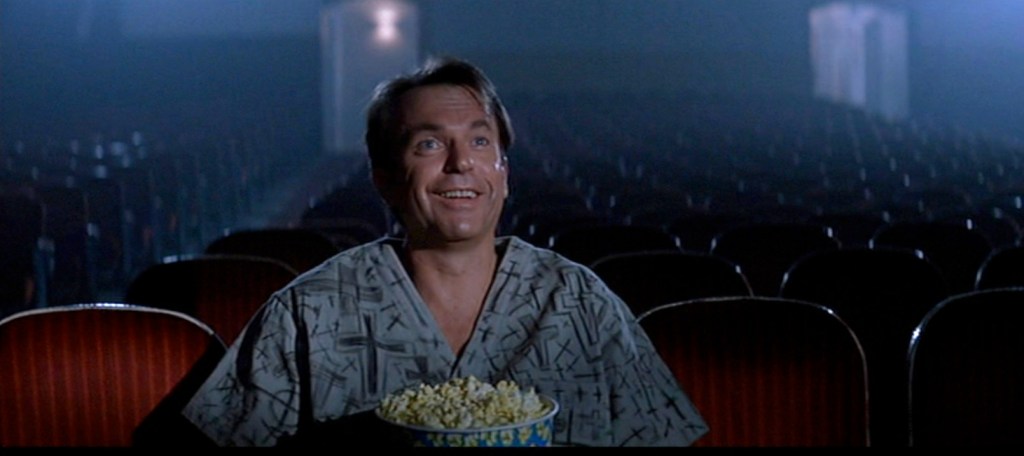
In the Mouth of Madness (1995)
Carpenter completed his trilogy (arguably his greatest achievement outside of Halloween) with the most Lovecraftian of the three, in which a private insurance investigator (Sam Neill) looks into the disappearance of a famous horror author and learns that his books may portend the arrival of monstrous creatures from beyond our reality.
Read more
Not only are the ideas right out of Lovecraft, but the movie oozes with allusions to the writer’s work and ends up being as disorienting and genuinely disturbing as some of his most famous stories.

Event Horizon (1997)
While we will always argue that the execution of this film was faulty, which stops it from becoming a true cult classic, we won’t debate its central premise: a spacecraft with an experimental engine rips open a hole in the space-time continuum, plunging the ship and its crew into a dimension that appears to be hell itself and endangering the rescue team that arrives to find out what happened.
Read more
Director Paul W.S. Anderson provides some truly macabre touches to an often incoherent movie, and again the whole invasion-of-evil-from-outside-our-universe concept points right back to old H.P. and his canon.

Hellboy (2004)
Hellboy creator Mike Mignola has often cited Lovecraft as a primary influence on his long-running comics starring the big red demon (Lovecraft’s vision has impacted a slew of other comics over the years as well), and it’s no surprise that Guillermo del Toro’s original movie based on the books touches on that too. The film’s Ogdru Jahad are a take on Lovecraft’s Great Old Ones, while the movie is stuffed with references to occult knowledge, forbidden texts, alternate realities and more.
Del Toro’s own direct Lovecraft adaptation, At the Mountains of Madness, remains abandoned in development hell, but his work here gives us perhaps a taste of how it might have looked.
Indie horror auteurs Justin Benson and Aaron Moorhead have touched on certain Lovecraft tropes in all their films, including Resolution and Spring, but The Endless is perhaps the most directly influenced by the author. The writers/directors also star in the movie as two brothers who return to the cult from which they escaped as children, only to find it has become the plaything of an unseen time-bending entity.
It’s hard to believe that this Kristen Stewart vehicle came out in early 2020 — given the way the world changed since, it seems like it came out five years ago. Although its story of workers on a deep sea drilling facility battling monsters from the deep was an overly familiar one, the creatures themselves were more unusual than most. Director William Eubank took it a step further by saying that the movie’s climactic giant monster was none other than Cthulhu itself, the Great Old One sleeping under the ocean and namesake of Lovecraft’s entire Cthulhu Mythos — which takes us back to where we began.
